No-bus Kyoto sightseeing! SoraNews24’s ultimate on-foot guide for Japan’s former capital【Part 3】
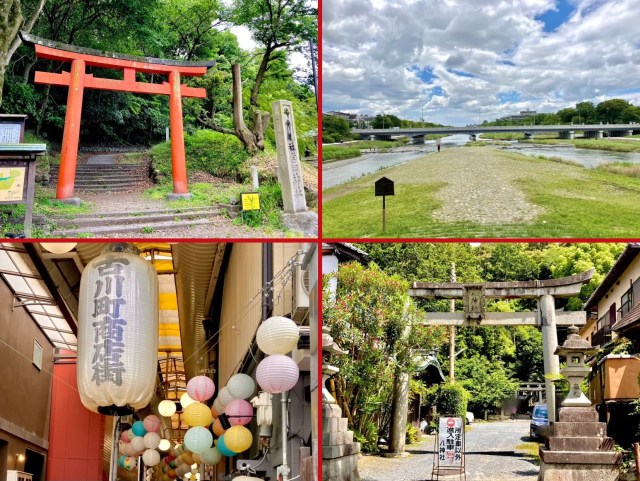
Heian Shrine, Nishiki Market, and more in the third part of our skip-the-bus route through Kyoto.
Slip on your shoes, because it’s time for Part 3 of our no-bus Kyoto sightseeing course! Or, actually, keep your shoes on, because our entire multi-part guide is tracing the on-foot route we took through Japan’s former capital in a single day.
For those just joining us, the reason we put together this guide is that many of Kyoto’s temples, shrines, and other sightseeing attractions don’t have train or subway stops near them. A lot of them have nearby bus stops, but between locals and tourists Kyoto’s buses have become extremely crowded these days, sometimes so much so that there’s no space for any new passengers to get on when they pull up to a stop.
So we decided to plot a walking course through the city, hitting both major destinations and smaller, off-the-beaten path points of interest. For the purposes of this guide, we’re focusing on the route itself, so we haven’t built time spent sightseeing at the places along the way into our guide. As you’ll see, we’ll be hitting to a ton of different places, so we’ll leave the choice of which ones to step inside of up to you.
In Part 1, we walked from Kyoto Station to Fushimi Inari Shrine, and from there to Kiyomizudera Temple. Part 2 took us from Kiyomizudera to Nanzenji Temple, which is where we’re resuming the route.
● Section 4: Nanzenji Temple to Shimogamo Shrine
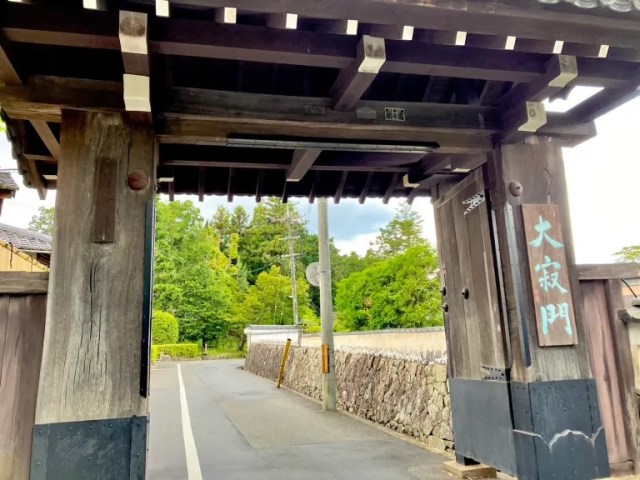
Nanzenji (pictured above) is in Kyoto’s Sakyo Ward, which, even for Kyoto, is densely packed with places of cultural and historical importance. After leaving Nanzenji, our next stop is Eikando (永観堂). With its lush, forest-like garden, this temple is especially popular during the fall colors season, but the robust green leaves of early summer are quite pretty too.
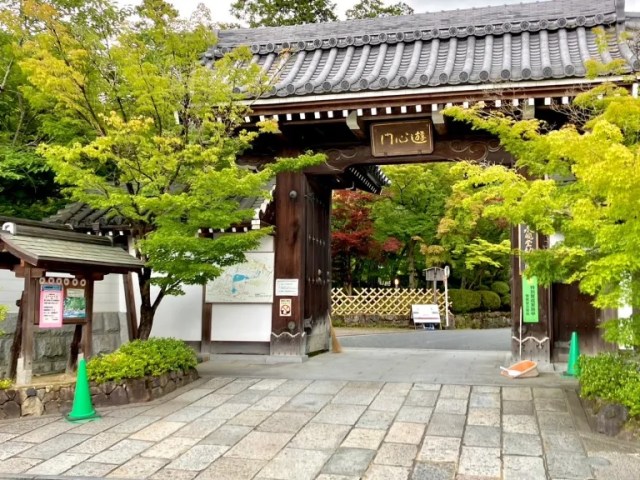
▼ Walking route from Nanzenji to Eikando
From there, we continue hugging the eastern edge of the city and pass by Nyakuoji Shrine (若王子神社)…
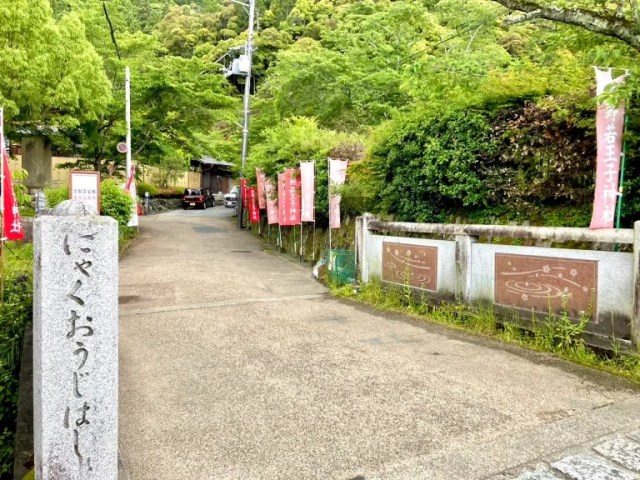
…putting us on Tetsugaku no Michi (哲学の道), also known as the Philosopher’s Path. This is one of Kyoto’s most famous cherry blossom-viewing spots, but it’s a lot less crowded, and with a different allure, outside of sakura season.
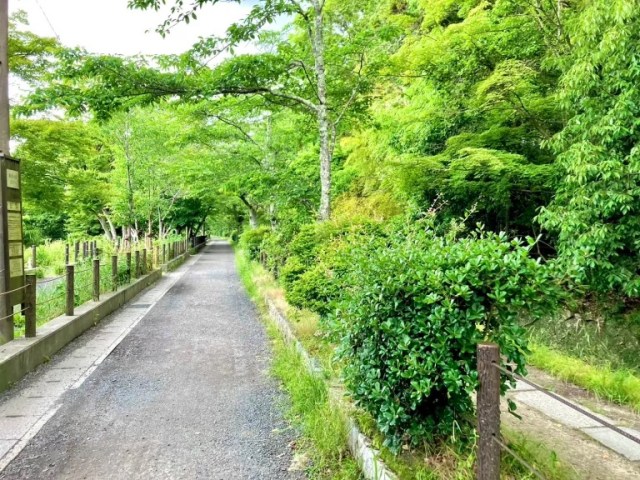
Down paths that branch off from the Philosopher’s Path to the east are Otoyo Shrine (大豊神社)…
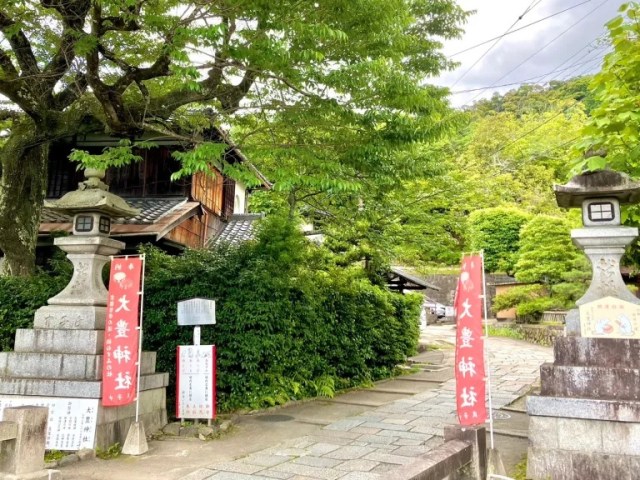
…and Honenin Temple (法然院), where the calm, serene atmosphere is also conducive to philosophical musings (or just zoning out and decompressing).
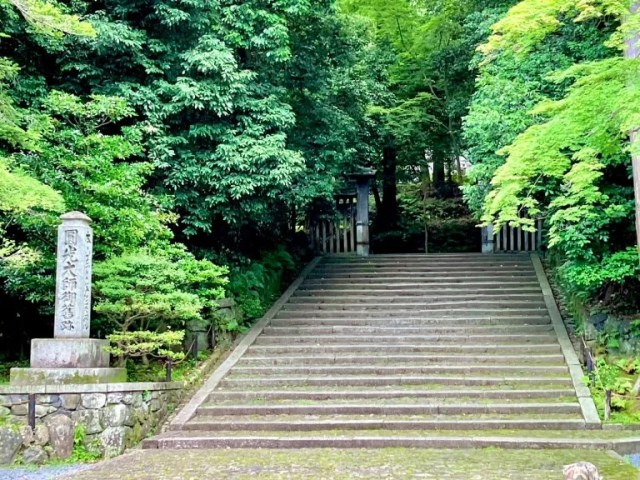
Keep walking north on the Philosopher’s Path until it ends, then hang a quick right and you’ll come to the entrance of one of Kyoto’s most famous attractions, Ginkakuji (銀閣寺), also sometimes called the Silver Pavilion. Though the original plan to cover the inner building’s exterior in silver was never carried out, this is still renowned as one of Kyoto’s most elegant temples.
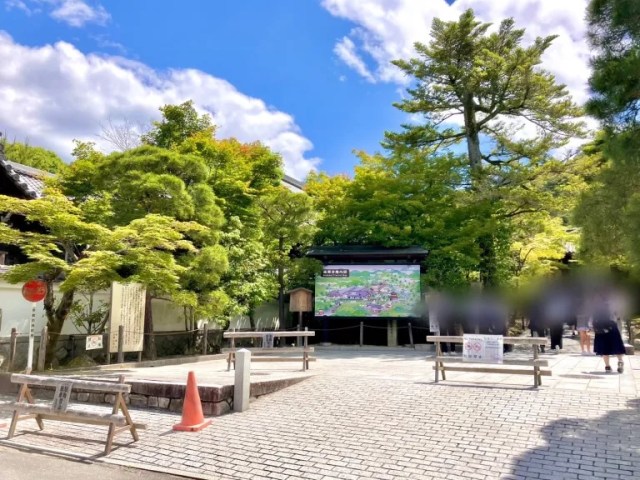
Right next to Ginkakuji is Jodoin Temple (浄土院)…
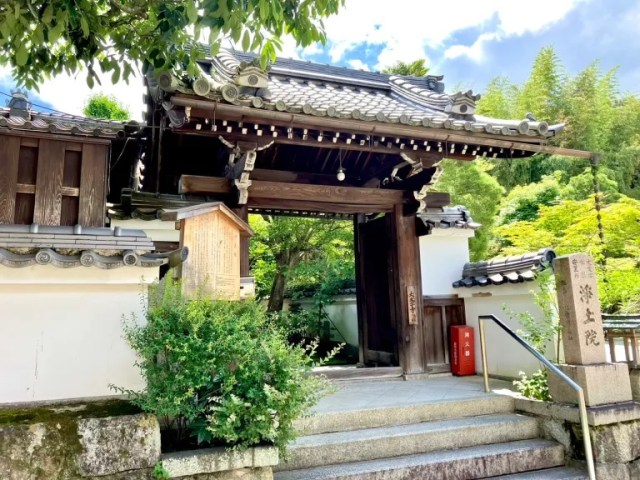
…and just two blocks north of that is Hachi Shrine, which was founded more than a millennium ago, in 794, the very same year that Kyoto became the capital of Japan, and it’s associated with onmyodo mysticism.
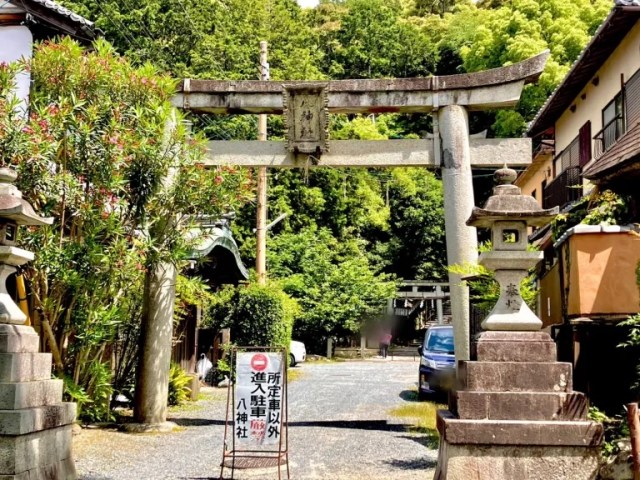
So far, we’ve spent this whole section of the route on the east side of Kyoto, but now it’s time to turn west. After passing through a more modern, residential part of the city, we reach Yoshida Shrine (吉田神社).
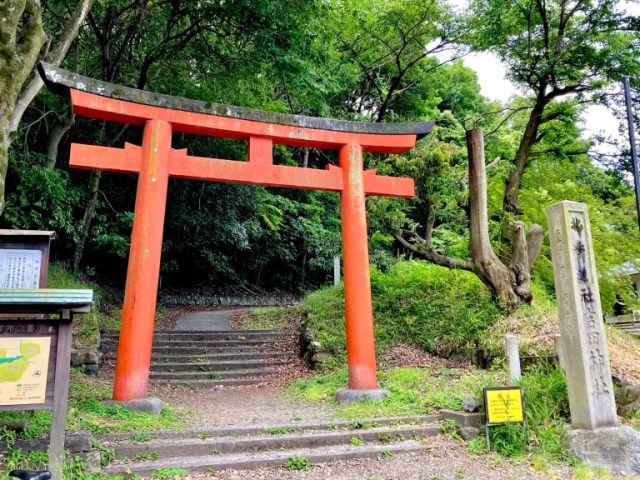
As we continue west, we’re actually walking along the northern edge of Kyoto University, as we make our way to Hyakumanben Chionji Temple (百万遍知恩寺).
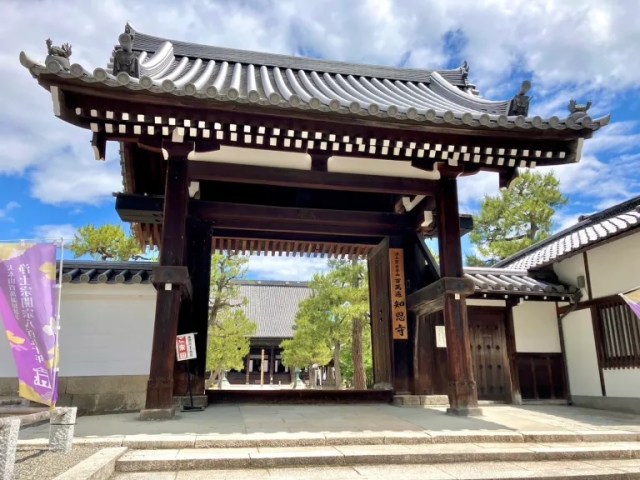
Still heading west, our next landmark is the Kamogawa River, which divides central Kyoto from the east-side neighborhoods. More specially, we’re headed to the Kamogawa Delta (鴨川デルタ), which is a great spot to rest your feet and snap some photos.
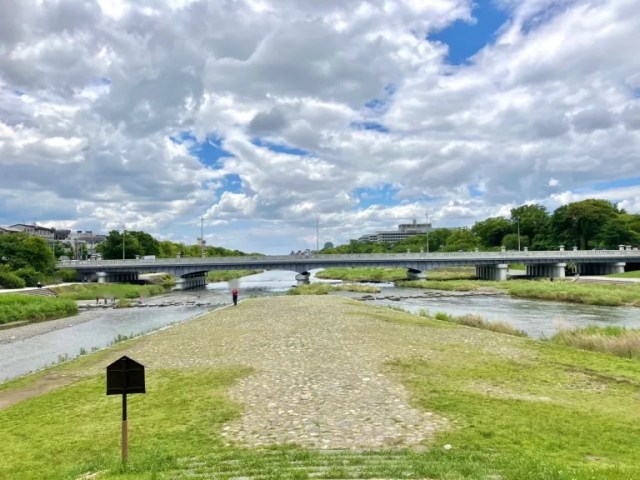
Before we head back to the west side of the river, though, we’re going to turn north so we can hit Shimogamo Shrine (下鴨神社).
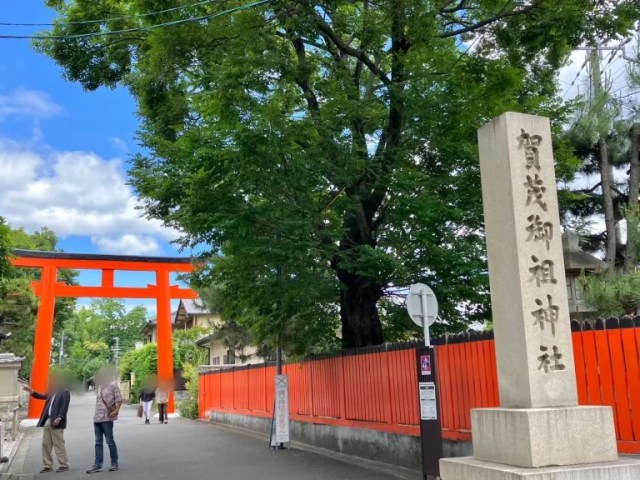
We’d started our route that morning at Kyoto Station at 7 a.m., and even with all the ground we’d covered it was still before noon, 11:20 a.m., when we got to Shimogamo.
● Section 5: Shimogamo Shrine to Higashi Honganji Temple
For the start of this section, we’re actually hopping back over to the east side of the river so that we can veer south to get to Kyoto’s Kumano Shrine (熊野神社).
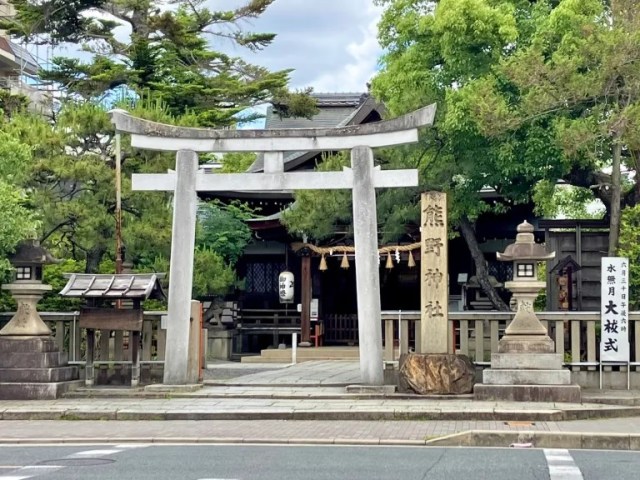
While we’re nearby, our route also take us over to the opulent Heian Shrine (平安神宮), a genuine must-see for visitors to Kyoto, and its absolutely gigantic torii gate.

The Furukawacho shopping arcade (古川町商店街) isn’t as regal as Heian Shrine, but it’s colorful retro vibe will draw you in all the same.
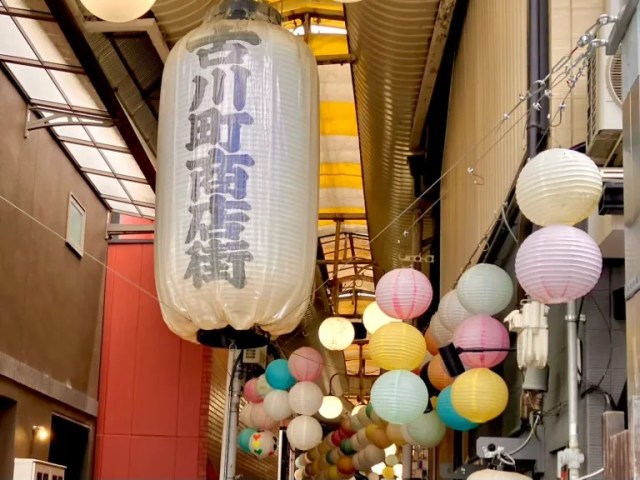
Leaving the arcade, our next stop is Yoboji Temple (要法寺)…
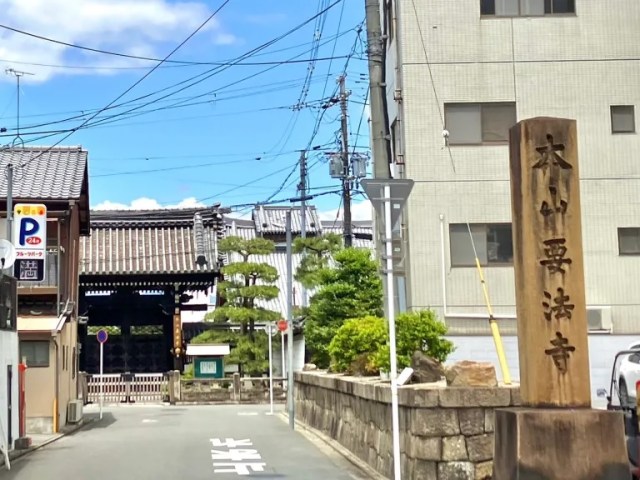
…followed by Danno Horinji Temple (檀王法林寺).
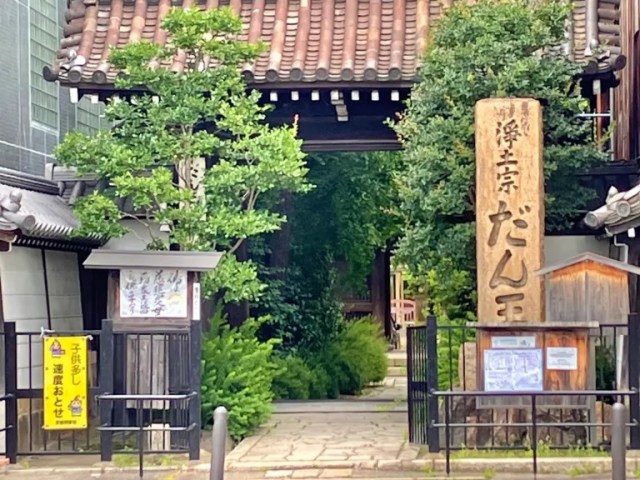
Okay, now it’s time to cross over the Kamogawa River, via the Sanjo Ohashi Bridge (三条大橋)…
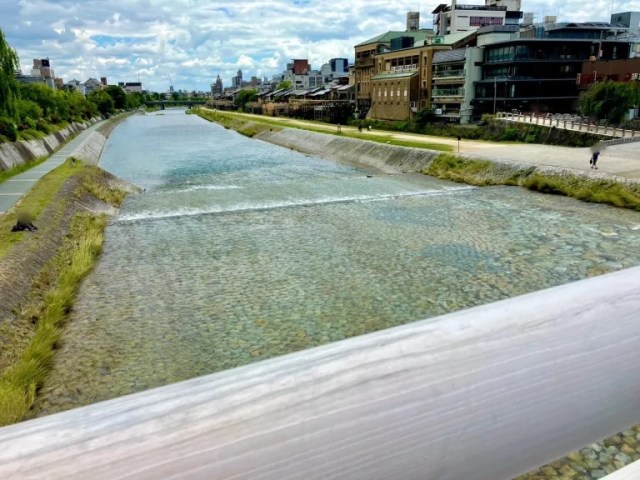
…after which we come to Seishinin Temple (誠心院).
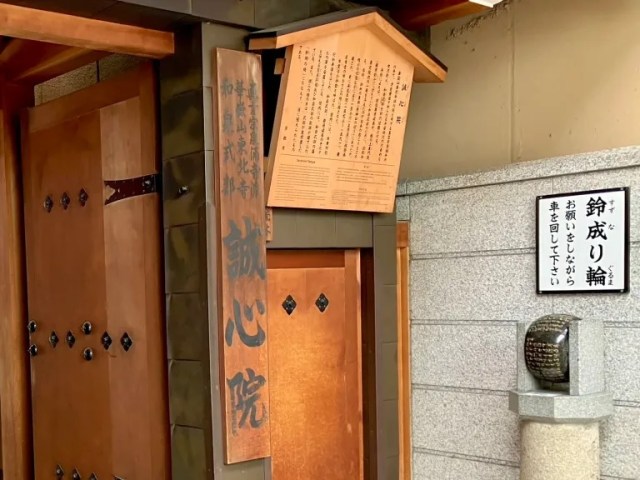
We’re now in a part of Kyoto where the contemporary and traditional rub metaphorical elbows with each other, like at Eifukuji (蛸薬師堂), a temple that’s right next to a modern sweets shop.
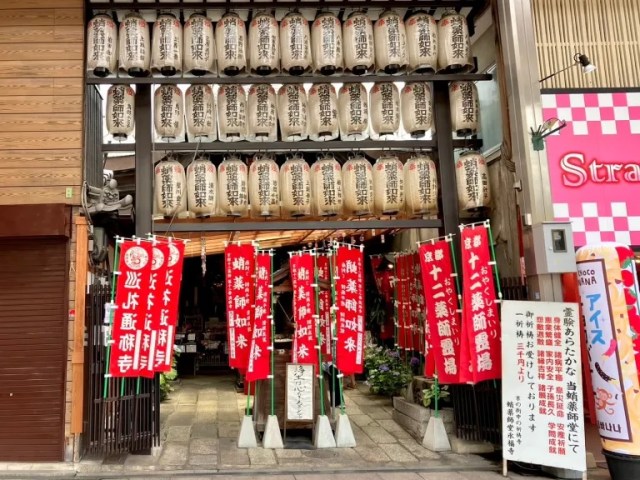
Also in the vicinity is Anyoji Temple (安養寺)…
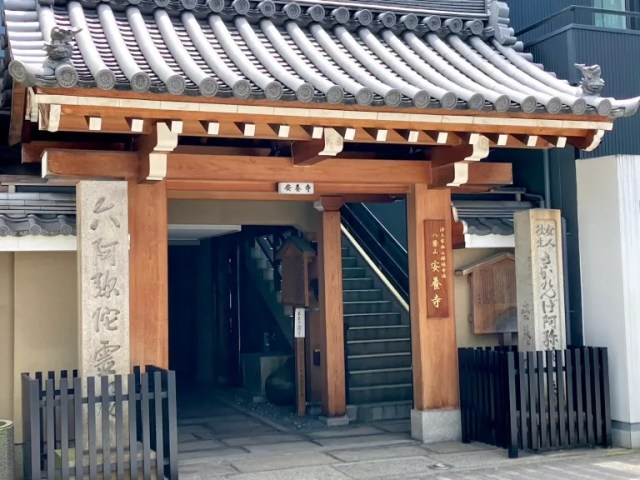
…which is just one street over from Nishiki Market (錦市場), where the 100-plus food vendors and restaurants have earned the covered arcade the nickname of “Kyoto’s kitchen.”
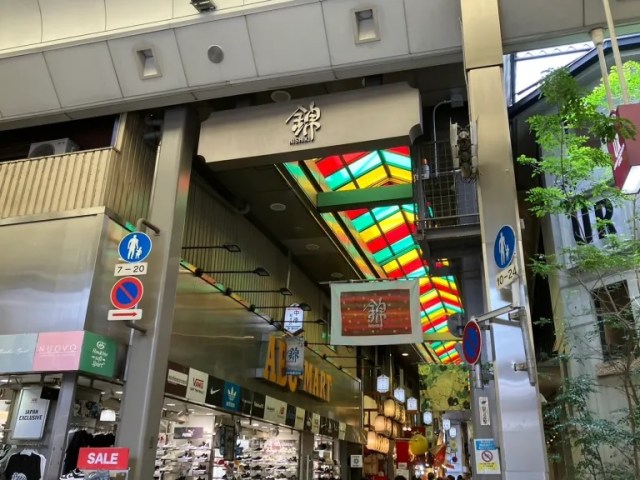
Yasaka Shrine’s Otabisho (八坂神社御旅所) is a special detached part of Yasaka Shrine (which is back on the other side of the river, as we saw in Part 2 of our guide) where its mikoshi, or portable shrines, are displayed and stored during Yasaka’s midsummer festival.
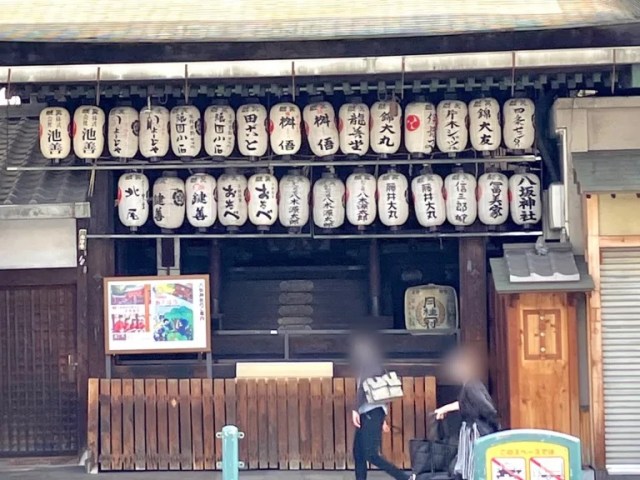
Walking quite a bit south from here takes us to Enjuji Temple (延壽寺)…

…followed by Shoseien Garden (渉成園), a spacious green oasis in downtown Kyoto.
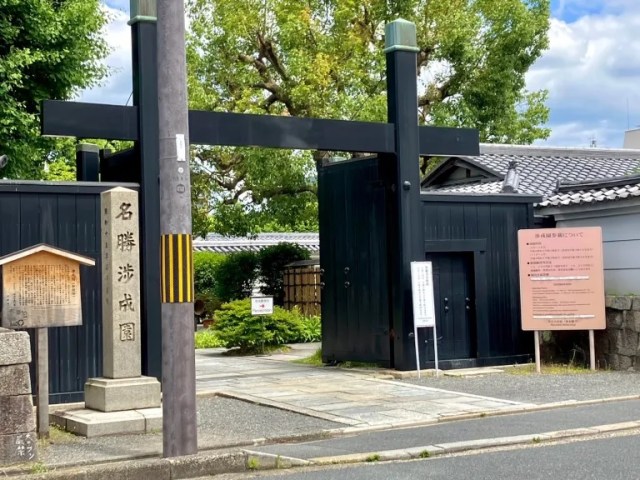
Which brings us to the final stop on this section of our walking route, Higashi Honganji Temple (東本願寺).
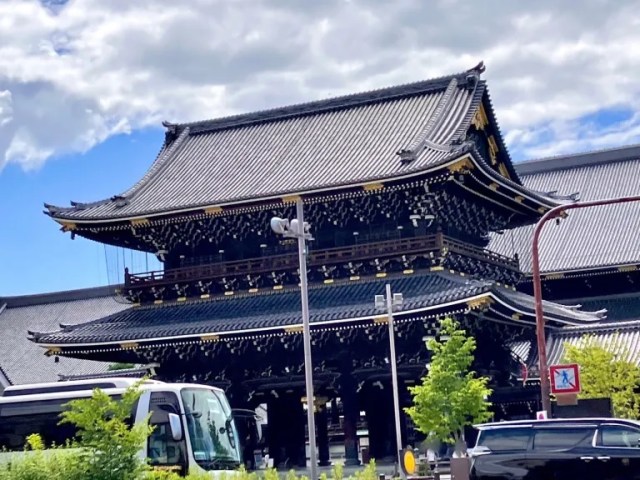
We’re now six and a half hours into our walk, having arrived at Higashi Honganji at 1:30 p.m. But you know what? With so many hours left in the day, we’re not ready to stop walking just yet, so we’ll be back soon with the fourth, and final, part of our no-bus sightseeing path through Kyoto.
Photos ©SoraNews24
● Want to hear about SoraNews24’s latest articles as soon as they’re published? Follow us on Facebook and Twitter!
Credit:

0 comments: